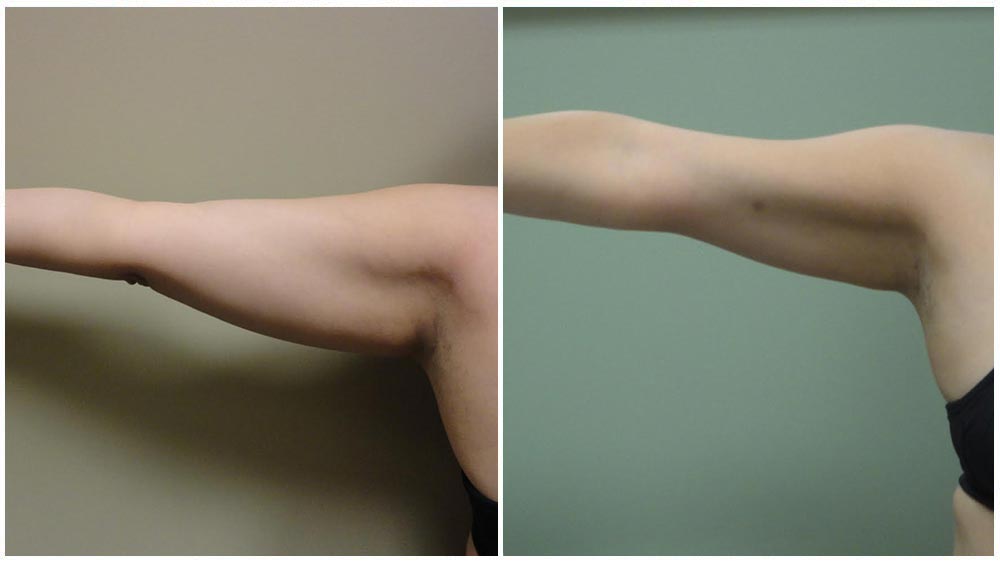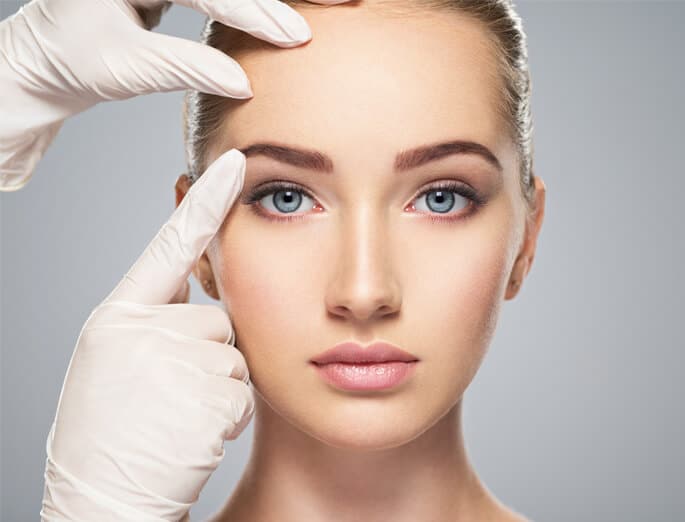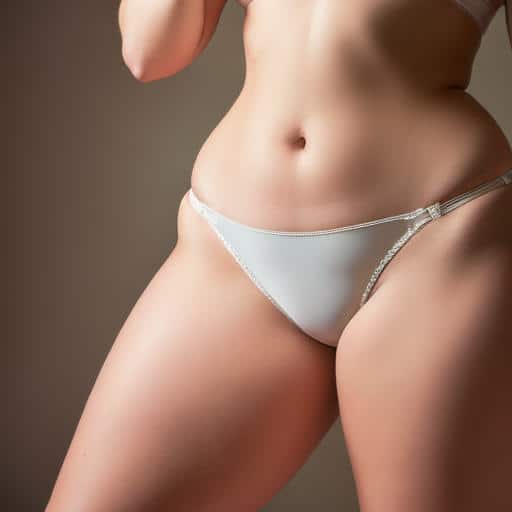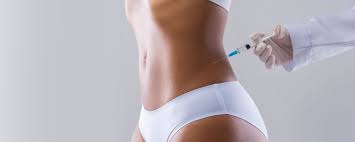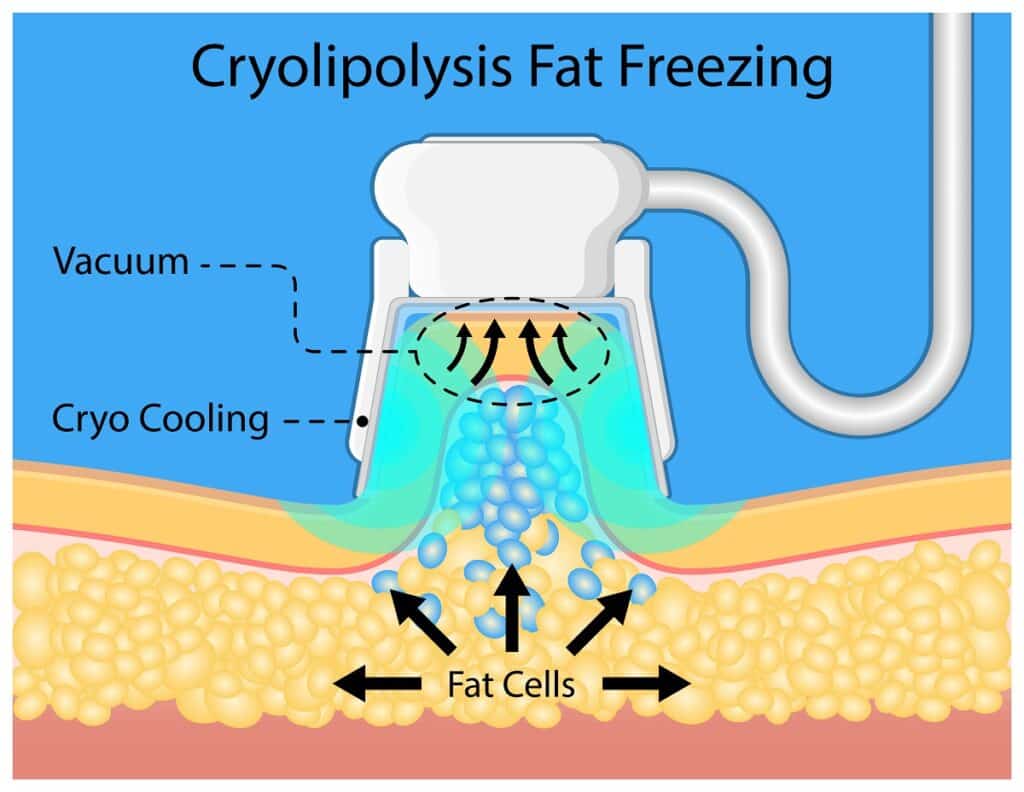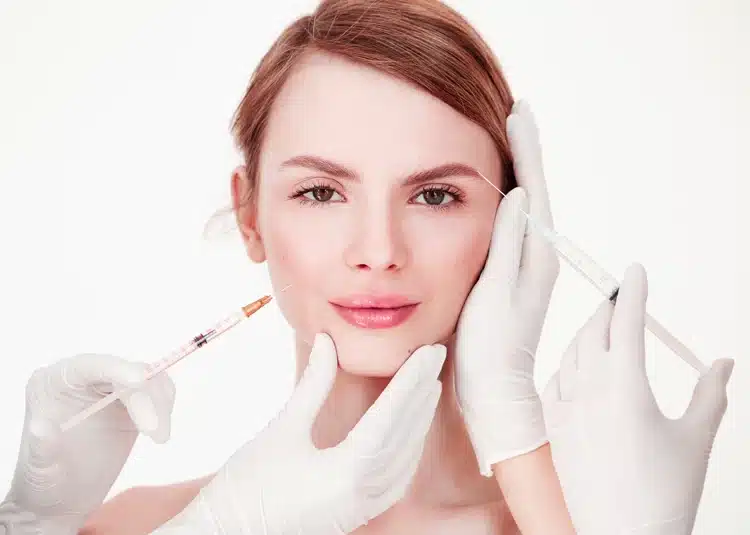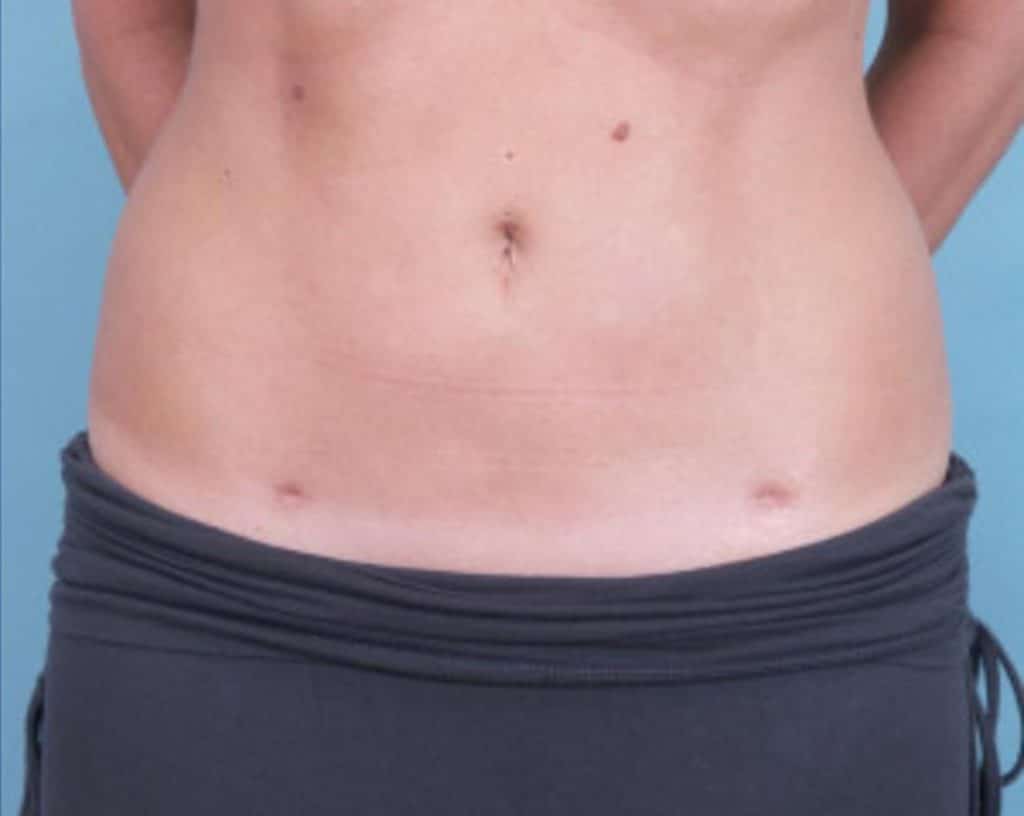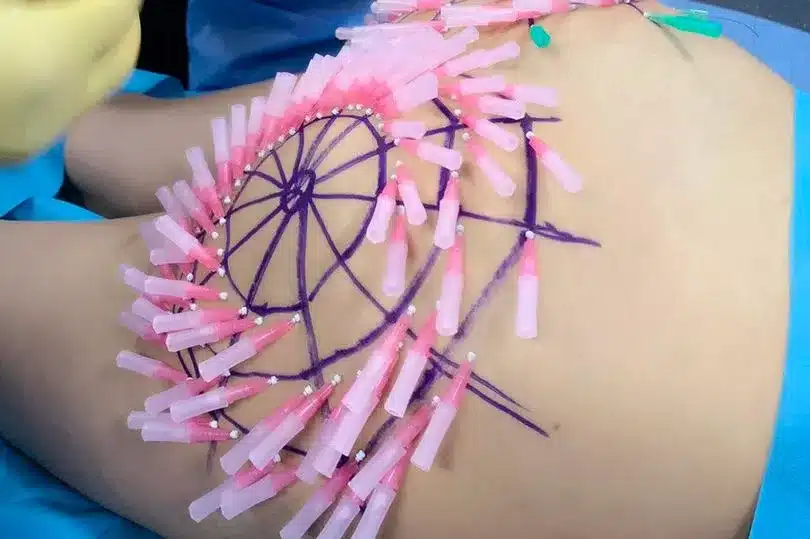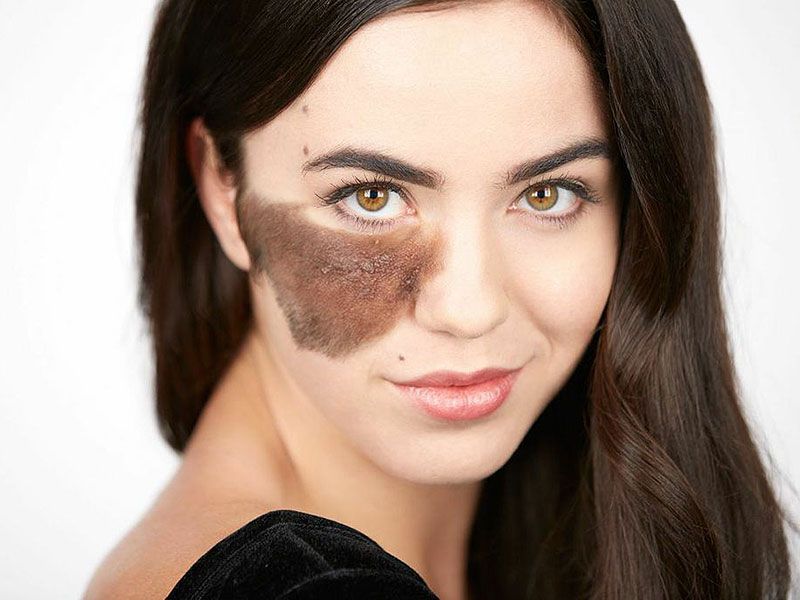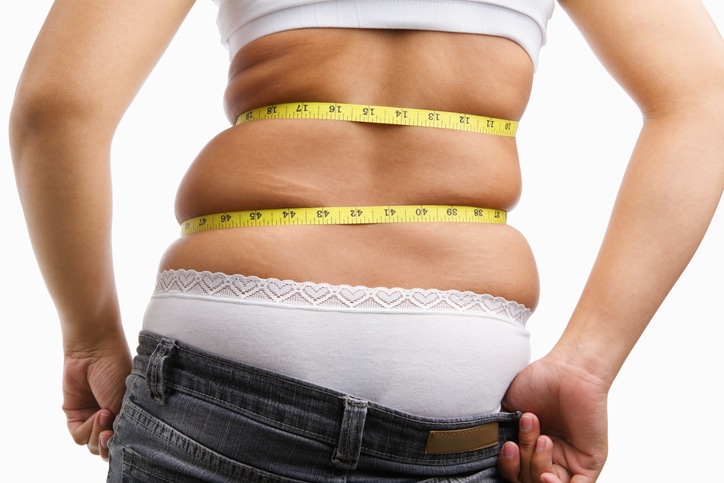Buttock implant revision is a game-changer for those unhappy with their initial augmentation results. Whether it’s correcting asymmetry, addressing discomfort, or simply achieving a more natural look, this procedure offers a second chance at perfection through free buttock augmentation revision and buttocks revision. Unlike the primary buttock augmentation, where expectations may not have been met, a revision can provide the tailored outcome you desire. It’s crucial to understand the benefits and risks involved in buttock augmentation procedure to make an informed decision.
In this post, we’ll dive into everything you need to know about buttock implant augmentation revisions. From understanding why people opt for revision buttock implantation surgery to what the procedure entails, we’ve got you covered. Get ready to explore how you can achieve your ideal results with expert advice and insights on revision buttock augmentation.
Key Takeaways
- Identify Revision Needs Early: Recognize signs like asymmetry, implant displacement, or dissatisfaction after buttock augmentation to determine if a revision is necessary.
- Understand Common Causes: Familiarize yourself with frequent reasons for buttock implant revisions, such as complications or changes in aesthetic preferences.
- Explore All Options: Consult with a qualified surgeon to review available revision techniques for buttock augmentation and choose the best approach for your situation.
- Prepare Thoroughly for Surgery: Follow pre-surgery guidelines to ensure optimal outcomes, including medical evaluations and lifestyle adjustments for revision buttock augmentation.
- Commit to Recovery: Adhere to aftercare instructions and attend follow-up appointments after revision buttock implantation surgery or revision buttock augmentation to promote healing and monitor progress.
- Budget Accordingly: Consider the financial aspects of revision surgery, including potential costs and insurance coverage for buttock augmentation.
Understanding Revision Needs
Dissatisfaction with Implants
Many patients seek buttock implant revision due to dissatisfaction. Common issues include asymmetry and volume problems. Asymmetry can occur when one implant shifts or is placed incorrectly, requiring revision buttock augmentation or revision buttock implantation surgery. Volume issues arise when implants are too large or too small for the patient’s preference, often necessitating revision buttock implantation surgery or revision buttock augmentation.
Patients may also feel discomfort if the implants are not positioned well, potentially requiring revision buttock implantation surgery. Poor placement can lead to an unnatural look. Sometimes, the skin around the implant may appear wrinkled or saggy, especially after revision buttock implantation or revision buttock augmentation. These issues can affect confidence and daily comfort.
Body Changes Over Time
Body changes over time impact buttock implants. Weight fluctuations can alter the appearance of implants. Gaining or losing weight can make implants look disproportionate. The skin may stretch or shrink, affecting how the implants sit, necessitating revision buttock implantation or revision buttock augmentation.
Aging also plays a role. As people age, their skin loses elasticity. This can cause implants to shift or sag. Hormonal changes during menopause can affect body fat distribution, impacting the look of revision buttock implantation and revision buttock augmentation.
Personal Goals and Expectations
Personal goals and expectations are crucial for successful revision surgery. Patients must have realistic goals. Discussing these with a surgeon helps align expectations with achievable outcomes for revision buttock implantation.
For example, some may want a more natural look while others prefer a dramatic change, such as revision buttock implantation. Knowing what is possible helps avoid disappointment. Surgeons can provide examples of previous work to illustrate potential results.
Patients should also consider recovery time and possible risks. Revision surgery may involve a longer recovery period than the initial procedure. Understanding this helps in planning and setting realistic timelines.
Common Reasons for Revision
Unsatisfactory Results
Patients often seek buttock implant revision due to unsatisfactory results. This includes asymmetry, where one buttock appears different from the other. Incorrect volume is another issue. Some patients find their implants too large or too small. These issues can impact self-esteem and comfort.
Weight Fluctuations
Significant weight loss or gain can alter the appearance of buttock implants. Weight changes can cause implants to shift or look unnatural. This leads to the need for augmentation revision. Maintaining a stable weight is crucial for long-term success.
Aging Effects
Aging affects the skin and tissues around buttock implants. Skin loses elasticity over time, which can change the appearance of implants. Revision surgery helps address these aging effects. It can restore a youthful look to the buttocks.
Implant Complications
Complications with the implants themselves also lead to revision surgery. These include implant rupture or leakage. Sometimes, scar tissue forms around the implant, causing discomfort or changes in shape. Successful revision surgery corrects these issues.
Infection and Pain
Infections are rare but serious reasons for implant revision surgery. Infections can occur shortly after surgery or years later. Persistent pain is another reason for revision. It may result from nerve damage or improper implant placement.
Desire for Change
e patients simply desire a change in their buttock appearance. Trends in body aesthetics evolve over time. Patients may want to update their look to match current trends or personal preferences.
Exploring Revision Options
Surgical Techniques
Various surgical techniques exist for revision butt enhancement. Fat grafting is one option. This involves transferring fat from another part of the body to the buttocks. It can correct asymmetry or add volume.
Implant exchange is another technique. Surgeons replace old implants with new ones. This can address issues like implant displacement or rupture. Both methods require careful planning and precision.
Non-Surgical Options
Non-surgical options can complement revision surgery. Injectable fillers are one example. They can enhance the shape and contour of the buttocks.
Laser treatments may also be beneficial. These can improve skin texture and elasticity. Non-surgical methods often have shorter recovery times.
Personalized Approach
A personalized approach is crucial in selecting a revision strategy. Each patient has unique needs and goals. A thorough consultation helps determine the best method.
Surgeons assess factors like skin quality, existing implants, and body type. Personalized plans ensure optimal results and patient satisfaction.
Preparing for Surgery
Medical Evaluations
Before undergoing buttock implant revision surgery, patients must complete medical evaluations. These assessments ensure they are fit for the procedure. Doctors typically review the patient’s medical history, including any previous surgeries.
Blood tests and imaging studies may be required. These tests help identify potential risks. Surgeons might also check for infections or complications from the initial buttock augmentation procedure.
Lifestyle Adjustments
Patients should make lifestyle adjustments before surgery. Quitting smoking is crucial. Smoking can hinder healing and increase complications. Alcohol consumption should also be limited.
Maintaining a healthy diet is important. Nutrient-rich foods aid in recovery. Regular exercise can improve overall health but should be moderated close to the surgery date.
Realistic Expectations
Setting realistic expectations is key. Patients must understand what revision surgery can achieve. Consulting with the surgeon helps clarify outcomes.
Surgeons will discuss the limitations and potential results of the revision buttock implantation surgery. This step ensures patients are mentally prepared.
Post-Surgery Support
Arranging post-surgery support is essential for a smooth recovery. Patients often need help with daily tasks initially. Friends or family members can provide valuable assistance.
Hiring professional caregivers is another option. They offer specialized care during the critical recovery period.
Care Tips
Following care tips can enhance recovery. Patients should prepare a comfortable space at home. Stocking up on necessary supplies like medications and bandages is helpful.
Planning meals in advance can reduce stress post-surgery. Easy-to-prepare, nutritious meals are ideal.
Recovery and Aftercare
Initial Rest
Rest is crucial after buttock implant revision. Patients should plan to take at least one to two weeks off work. During this time, avoid sitting directly on the buttocks. This helps reduce pressure on the surgical area.
Use a special cushion or pillow when sitting is unavoidable. Lying on the stomach or sides is recommended to minimize discomfort.
Wound Care
Proper wound care prevents infections. Clean the surgical site as instructed by the surgeon. Use mild soap and water. Pat dry gently with a clean towel.
Change dressings regularly. Keep an eye out for signs of infection like redness, swelling, or unusual discharge. Contact the surgeon immediately if any of these symptoms appear.
Pain Management
Pain management is essential during recovery. Surgeons usually prescribe pain medications. Take them as directed to manage discomfort effectively.
Over-the-counter pain relievers can also help but consult with the doctor before taking any additional medication. Ice packs can reduce swelling and provide relief.
Activity Restrictions
Activity restrictions are necessary for proper healing. Avoid strenuous activities for at least six weeks. This includes heavy lifting and intense exercise.
Gradually reintroduce light activities like walking after two weeks. Follow the surgeon’s advice on when to resume normal activities.

Follow-Up Appointments
Follow-up appointments are vital for monitoring progress. These visits allow the surgeon to check healing and address concerns.
Attend all scheduled appointments without fail. Personalized recovery protocols may be adjusted based on individual progress.
Anticipating Results
Realistic Expectations
Patients must set realistic expectations for the outcome of buttock implant revision. The healing process takes time. Visible improvements may not be immediate. Patience is essential during this period.
Doctors aim for symmetry and natural appearance. However, results vary based on individual factors. These include skin elasticity and initial implant placement.
Visible Improvements
Patients often see visible improvements after surgery. These align with pre-surgery goals. Surgeons use precision to ensure the best possible outcome.
Improved contour and shape are common outcomes. However, final results depend on the body’s healing response.
Stable Weight
Maintaining a stable weight is crucial. Weight fluctuations can affect the appearance of the implants. Stable weight helps preserve the results of the revision surgery.
Healthy lifestyle choices support long-term success. Regular exercise and balanced diet play significant roles.
Healthy Lifestyle
A healthy lifestyle contributes to lasting results. Patients should avoid smoking and excessive alcohol consumption. These habits can hinder the healing process.
Hydration and proper nutrition aid recovery. They also maintain skin elasticity, which is important for the overall appearance.
Cost Considerations
Surgeon Fees
Surgeon’s fees are a major part of the cost. Experienced surgeons charge more. They have higher success rates and fewer complications. Selecting a skilled surgeon can reduce risks and improve results.
Anesthesia Costs
Anesthesia is essential for revision surgery. It ensures patient comfort and safety. Costs vary based on the type used. General anesthesia is more expensive than local anesthesia. Anesthesiologist’s experience also affects the price.
Facility Fees
Facility fees cover the use of the surgical center. Accredited facilities charge more due to high standards. These centers offer better equipment and staff. High-quality facilities can prevent post-surgery complications.
Additional Expenses
Post-operative care supplies add to the total cost. These include bandages, compression garments, and medications. Follow-up visits are necessary for monitoring recovery. Each visit may incur additional charges.
Financing Options
Many surgical practices offer payment plans. These plans help manage large expenses over time. Some practices partner with medical financing companies. Patients should explore these options to find the best fit for their budget.
Closing Thoughts
Buttock implant revision can be a complex journey, but understanding the process makes it manageable. From recognizing the need for revision to preparing for surgery and recovery, you’re now equipped with essential knowledge. This information empowers you to make informed decisions and anticipate results.
Ready to take the next step? Consult with a qualified surgeon to discuss your specific needs. Your confidence and satisfaction are paramount. Don’t hesitate; your enhanced appearance and comfort await. Share your thoughts or experiences in the comments below!
Frequently Asked Questions
What are the common reasons for buttock implant revision?
Common reasons include implant displacement, infection, asymmetry, or dissatisfaction with size or shape. Consulting an experienced surgeon helps address these issues effectively.
How do I prepare for a previous buttocks augmentation revision surgery?
Follow your surgeon’s pre-surgery instructions closely. This may include medical evaluations, stopping certain medications, and arranging post-surgery care.
What should I expect during recovery from a previous buttocks enhancement or augmentation surgery?
Expect some swelling and discomfort. Follow your surgeon’s aftercare instructions to ensure proper healing. Full recovery typically takes several weeks.
Are there different options available for buttock implant revision?
Yes, options include repositioning the implants, replacing them with new ones, or combining with fat grafting for better results. Discuss these with your surgeon.
How much does a buttock implant revision cost?
Costs vary based on the complexity of the procedure and surgeon’s fees. Consult your surgeon for a detailed cost estimate tailored to your specific needs.
Can I anticipate better results after my buttock implant revision, augmentation surgery, and BBL?
Yes, with a skilled surgeon and proper aftercare, you can achieve improved symmetry, shape, and overall satisfaction. Realistic expectations are key.
What are the risks associated with buttock implant augmentation revision surgery?
Risks include infection, scarring, and anesthesia complications. Choosing an experienced surgeon minimizes these risks significantly. Always discuss potential risks with your doctor.

